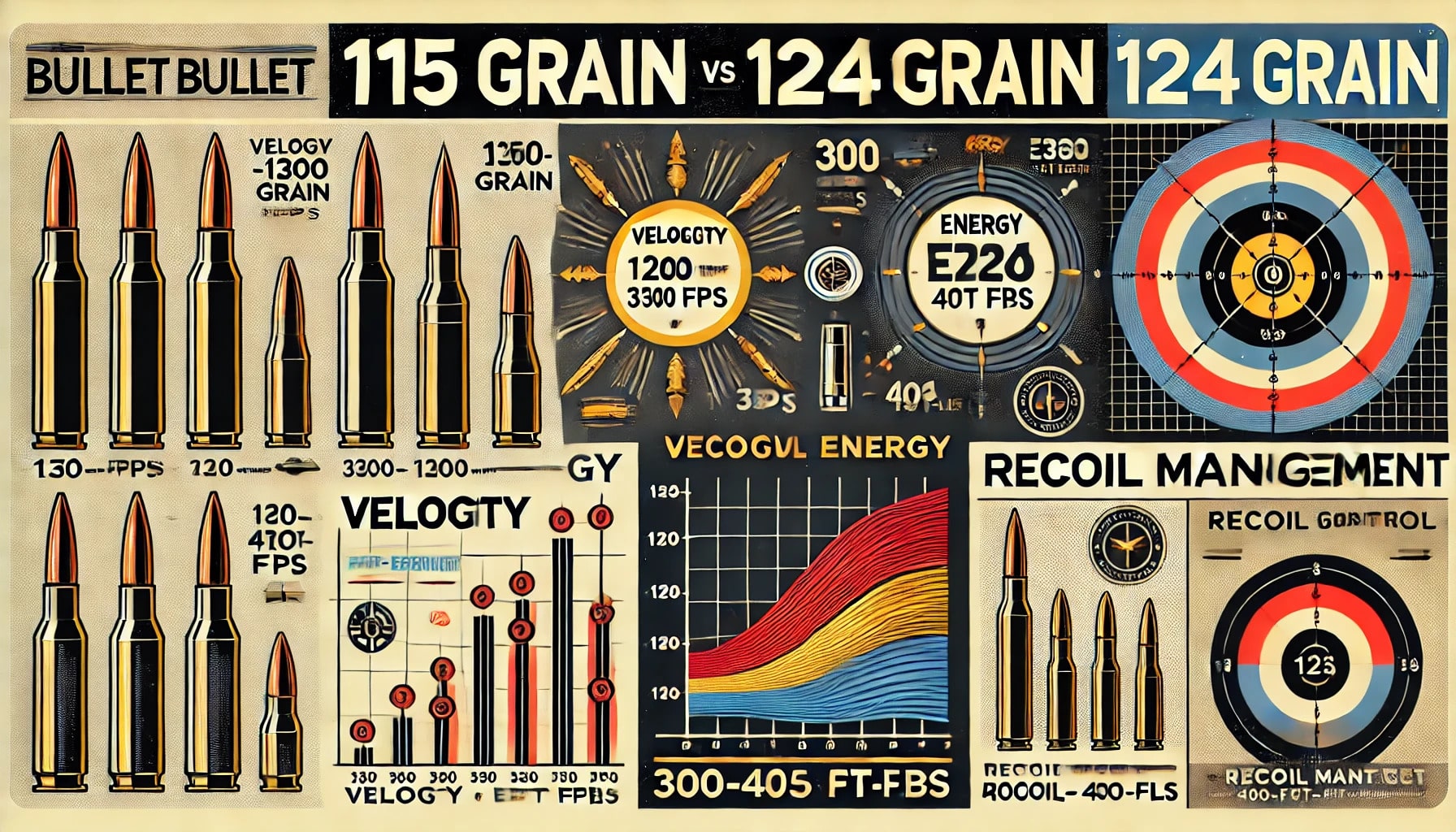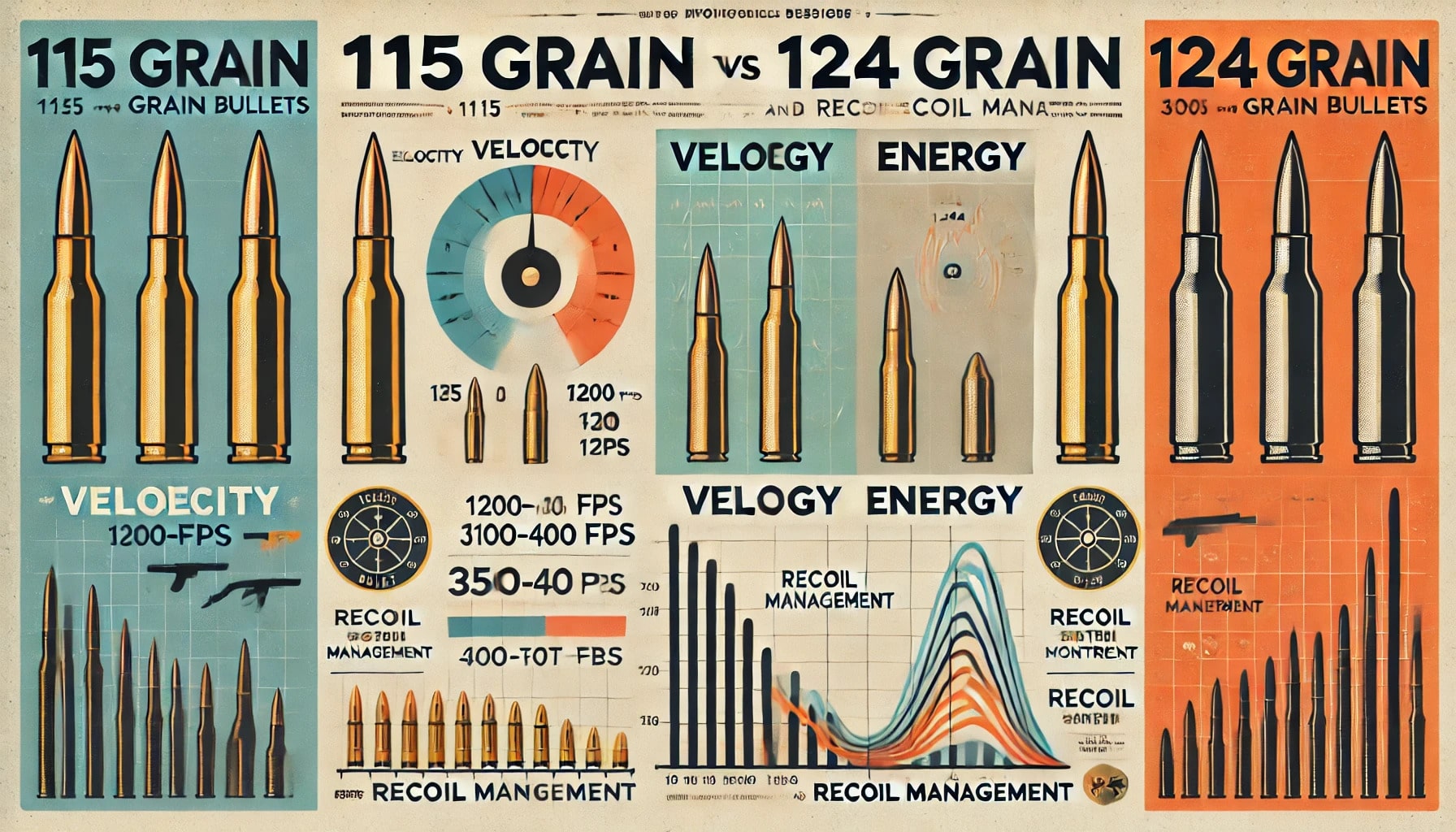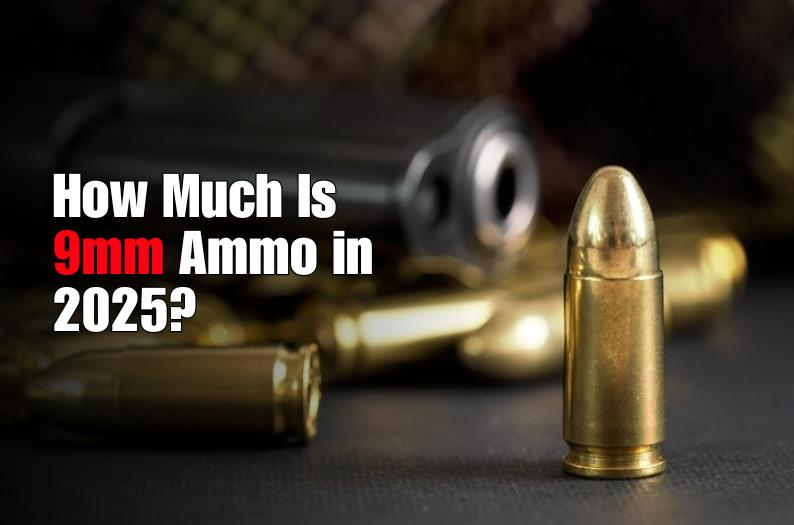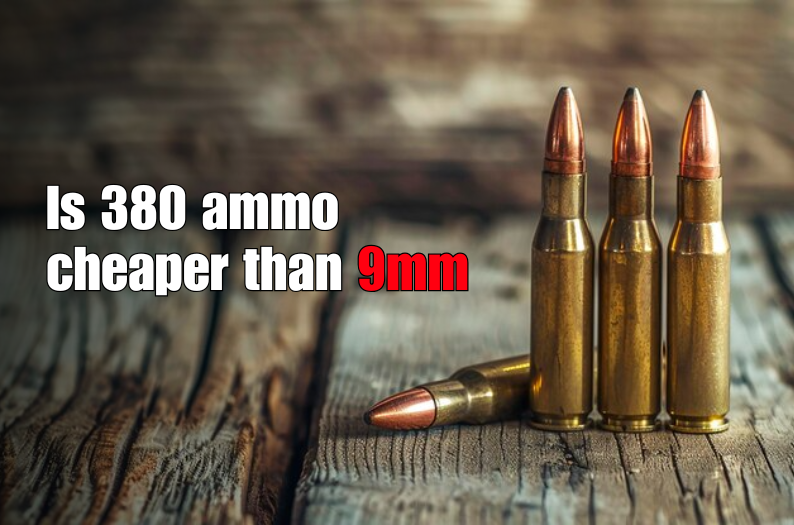The 9mm cartridge is one of the most widely used handgun calibers in the world, favored by law enforcement, military personnel, and civilian shooters alike. Among its many specifications, bullet weight plays a crucial role in performance. This article explores the differences between 115 grain and 124 grain 9mm ammunition, providing insights into their historical context, ballistic performance, applications, and modern developments as of 2024.
Historical Context
The Birth of the 9mm Cartridge
The origins of the 9mm cartridge can be traced back to the early 20th century.
- Origins in Europe: The 9mm Parabellum (9x19mm) was designed by Georg Luger in 1902. Initially, the 124 grain bullet was the standard for military applications, valued for its balance of stopping power and manageable recoil.
Evolution of Bullet Weights
Over the decades, various bullet weights for the 9mm cartridge have emerged, with 115 grain and 124 grain being among the most popular.
- 115 Grain: This lighter bullet became prominent in the 1980s, offering higher velocity and flatter trajectories, leading to improved accuracy.
- 124 Grain: The heavier 124 grain bullet has remained a staple for military and law enforcement use, known for its superior penetration and stopping power.
Understanding Bullet Weight
What Does "Grain" Mean?
"Grain" is a unit of measurement used to indicate bullet weight, where one grain equals approximately 0.0648 grams. The weight of the bullet significantly affects its ballistic performance, including velocity, energy, and recoil.

Comparing 115 Grain and 124 Grain Bullets
1. Velocity
- 115 Grain Ammo: Generally, 115 grain bullets achieve higher velocities due to their lighter weight. Typical velocities range from 1,200 to 1,300 feet per second (fps), resulting in flatter trajectories and reduced bullet drop over distance.
- 124 Grain Ammo: The heavier 124 grain bullets typically have a velocity of around 1,100 to 1,200 fps. While their velocity is lower than that of 115 grain bullets, the increased mass can enhance momentum, contributing to better penetration.
2. Energy
Ballistic energy is a critical factor in assessing a bullet's performance.
- 115 Grain: The kinetic energy of 115 grain bullets typically ranges from 350 to 400 foot-pounds. While sufficient for self-defense applications, their lower mass may result in less energy transfer upon impact.
- 124 Grain: In contrast, 124 grain bullets generally deliver higher kinetic energy, ranging from 400 to 450 foot-pounds. This added energy contributes to greater stopping power and effectiveness against barriers.
3. Recoil Management
- 115 Grain: The lighter weight of 115 grain ammo generally results in less recoil, making it easier to control for rapid follow-up shots. This characteristic benefits novice shooters and those with recoil sensitivity.
- 124 Grain: Although the recoil is more pronounced with 124 grain ammo, many experienced shooters find it manageable. The increased recoil can provide a more robust shooting experience, particularly in full-sized handguns.
Ballistic Performance: Key Factors
Understanding the ballistic performance of 115 grain and 124 grain bullets involves examining several factors:
1. Bullet Drop
- 115 Grain: Due to higher velocity, 115 grain bullets experience less bullet drop over distance. This characteristic can enhance accuracy, especially in shooting scenarios that require longer distances.
- 124 Grain: While the heavier bullet experiences more drop, its greater mass allows it to maintain stability in flight, which can contribute to accuracy at moderate ranges.
2. Penetration
- 115 Grain: These bullets typically penetrate soft tissue effectively but may struggle against harder barriers. Their design often favors expansion rather than deep penetration.
- 124 Grain: The added weight and energy of 124 grain bullets generally allow for deeper penetration, making them a preferred choice for law enforcement and self-defense applications. Their performance against barriers (like drywall or automotive materials) is also superior.
3. Terminal Ballistics
Terminal ballistics refers to the behavior of a bullet upon impact.
- 115 Grain: When designed as hollow points, 115 grain bullets can expand rapidly, creating significant wound channels. However, their lighter weight may result in reduced overall effectiveness in stopping power compared to heavier options.
- 124 Grain: Heavier hollow point bullets are often designed to expand upon impact, creating larger wound channels and improving stopping power. Their weight helps maintain velocity, contributing to effectiveness even after passing through barriers.
Performance in Different Applications
Self-Defense
When considering self-defense, the choice between 115 grain and 124 grain 9mm ammo often depends on personal preference and specific circumstances.
- 115 Grain: Some shooters prefer 115 grain ammunition for its lower recoil, which can help maintain accuracy in high-stress situations. The higher velocity can also result in flatter trajectories, making it easier to shoot at varying distances.
- 124 Grain: Many self-defense experts advocate for 124 grain hollow point ammunition, which provides enhanced stopping power and energy transfer upon impact. The heavier bullet's expansion characteristics can create larger wound channels, making it more effective in defensive scenarios.
Law Enforcement and Military Use
Law enforcement and military agencies typically favor 124 grain ammunition for its balance of penetration and stopping power.
- Standard Issue: Many agencies issue 124 grain ammo as their duty round due to its proven effectiveness in various conditions, including against barriers and in dynamic encounters.
- Training: Some departments may use 115 grain ammo for training purposes to reduce costs and manage recoil while ensuring officers maintain proficiency with their duty rounds.
Competitive Shooting
In competitive shooting, both 115 grain and 124 grain ammunition are utilized, depending on the type of competition.
- 115 Grain: Frequently chosen for action shooting sports, 115 grain ammunition's higher velocity can contribute to improved accuracy over distance and reduced recoil for faster follow-up shots.
- 124 Grain: In competitions emphasizing power factor calculations, 124 grain ammunition is often preferred for its stability and energy characteristics, ensuring optimal performance in various shooting scenarios.
Modern Developments in 9mm Ammunition (2024)
As of 2024, advancements in ammunition technology continue to shape the landscape of 9mm ammo, impacting both 115 grain and 124 grain options.
1. Lead-Free Alternatives
With growing environmental concerns, many manufacturers have begun producing lead-free ammunition. These rounds often utilize materials like copper or polymer to achieve performance comparable to traditional lead-based bullets, ensuring safety for both shooters and the environment.
2. Enhanced Hollow Point Designs
Modern hollow point designs have evolved to maximize expansion and penetration regardless of bullet weight. Innovations in bullet design ensure that both 115 grain and 124 grain options can deliver optimal performance in self-defense scenarios.
3. Advanced Propellants
New propellant technologies have improved the consistency and accuracy of 9mm ammunition. These advancements allow for more precise loading, resulting in better overall performance, including velocity and reduced recoil.
4. Customization Options
Ammunition manufacturers are offering more customization options for shooters. Consumers can now select specific weights, coatings, and bullet designs tailored to their needs, whether for self-defense, competition, or training.
Conclusion
Choosing between 115 grain and 124 grain 9mm ammunition involves understanding the differences in ballistic performance, including velocity, energy, recoil, and terminal ballistics, as well as personal preferences and intended applications. Both options have their strengths and weaknesses, making them suitable for various scenarios. As technology continues to advance, the performance and choices for 9mm ammo will keep evolving, ensuring that shooters can find the right round for their needs.
- #115 grain vs 124 grain
- #9mm ammo
- #ammunition advancements
- #ballistic performance
- #bullet weight comparison
- #competitive shooting
- #firearm training
- #gun history
- #hollow point ammunition
- #law enforcement ammo
- #lead-free bullets
- #modern ammunition technology
- #recoil management
- #self-defense ammunition
- #terminal ballistics










